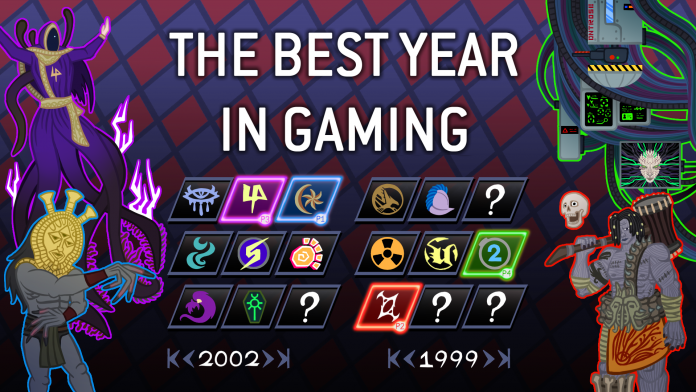Last year’s stacked lineup of games for the Game Awards had us thinking: What was the best year in gaming? As part of our series on determining gaming’s best year, we’re putting together an article on each year, charting the major releases and developments of the year, and talking about both their impact and what made them great.

The Year: 1976
While we were still two years away from the real revolution in arcade games, the industry was booming and major players were starting to take note. Founded in 1972, Atari made quick waves in the entertainment industry but only two years later were struggling as the company faced both new external pressures from Japanese competition, a nasty lawsuit from Magnavox over Pong, and brutal accounting errors. Fortunately for the company, the success of Tank in late 1974 was enough to keep them solvent — but in order to get back on top, they’d need more. Realizing that arcade games and single-game units were too big a risk for the cost to develop, Atari began working on their first programmable game console, the Atari Video Computer System (VCS), a device capable of playing multiple games via swappable cartridges (as opposed to single game consoles like Home Pong). The success of Home Pong during the 1975 holiday season helped establish Atari as a home console manufacturer and kept the lights on but they didn’t have the money to actually manufacture the console they had designed. In order to secure the funding they needed, Atari CEO Nolan Bushnell sold the company to Warner Communications for approximately $28 million in 1976 (about $150 million in 2024).
In June 1976 Richard Donner’s The Omen released to theaters to critical disdain but massive commercial success, becoming the 6th highest-grossing movie of 1976. The movie would cap off a trio of successful films in the starting with Rosemary’s Baby in 1968 and The Exorcist in 1973 which would both fuel and characterize a growing fear of what were entirely fictional Satanic cult activities in the United States. The Satanic Panic would gain momentum into the Eighties and would have a massive impact on tabletop games, particularly Dungeons and Dragons and later, Magic: The Gathering.
Apple Computers Founded
Two other notable gaming companies were founded in 1976. The first was a small computer company founded in April by Steve Jobs, Steve Wozniak, and Ronald Wayne called Apple Computers. Their first computer was the Apple I, which would be replaced a year later by the Apple II, a computer with a much more important role to play in gaming history. The other was Data East, founded later in April in Japan. They’d release their first arcade game in 1977 and would go on to be major players in the arcade game space throughout the late Seventies and Eighties.

Dragon Magazine Founded
By 1976 tabletop games – Dungeons & Dragons in particular – had become a big enough deal to be worth writing about in more than just a “hey get a load of these nerds” manner or as an extension of wargaming. TSR launched Dragon magazine in 1976 (originally under the title The Dragon). The magazine would become the publishing home for a number of new rules, quests, magic items, and campaign settings which would later be incorporated into Dungeons & Dragons, often first via compendium and later by whole inclusion. By far the most important of these was the Forgotten Realms, which would become the game’s most popular campaign setting and the setting for the Baldur’s Gate video game series as well as the Honor Among Thieves film.
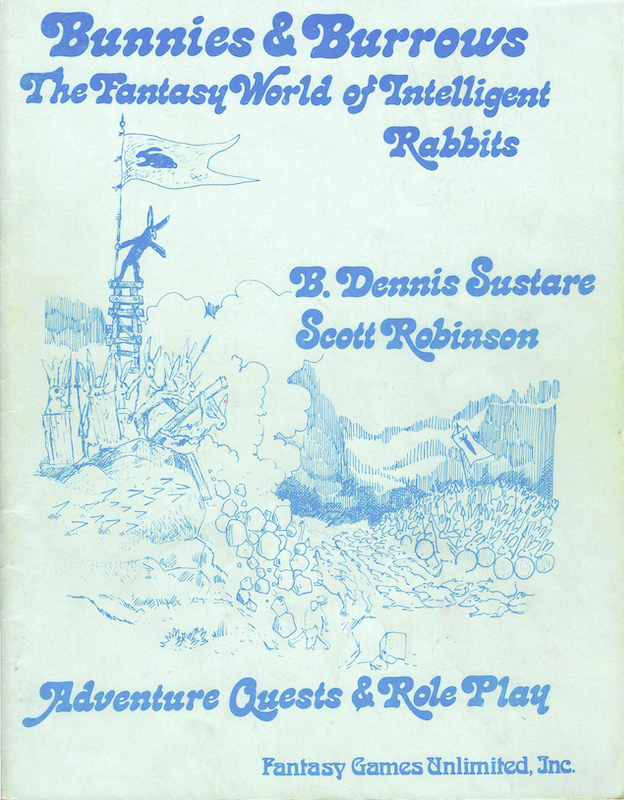
Bunnies & Burrows
This 1976 tabletop role-playing game allows players to play rabbits from warring warrens, letting them really model the world of the 1972 novel Watership Down. Most of the game is about facing predators and traps and just as with your average episode of The Twilight Zone, the only real monster here is man. Although General Woundwort was pretty monstrous if you ask me. Despite seeming like a novelty within what was already very specific niche, Bunnies & Burrows was one of the first games to push tabletop RPGs out of the standard fantasy bucket in which they’d been birthed and was liked well enough to get a second life as a GURPS supplement from Steve Jackson Games in 1992.
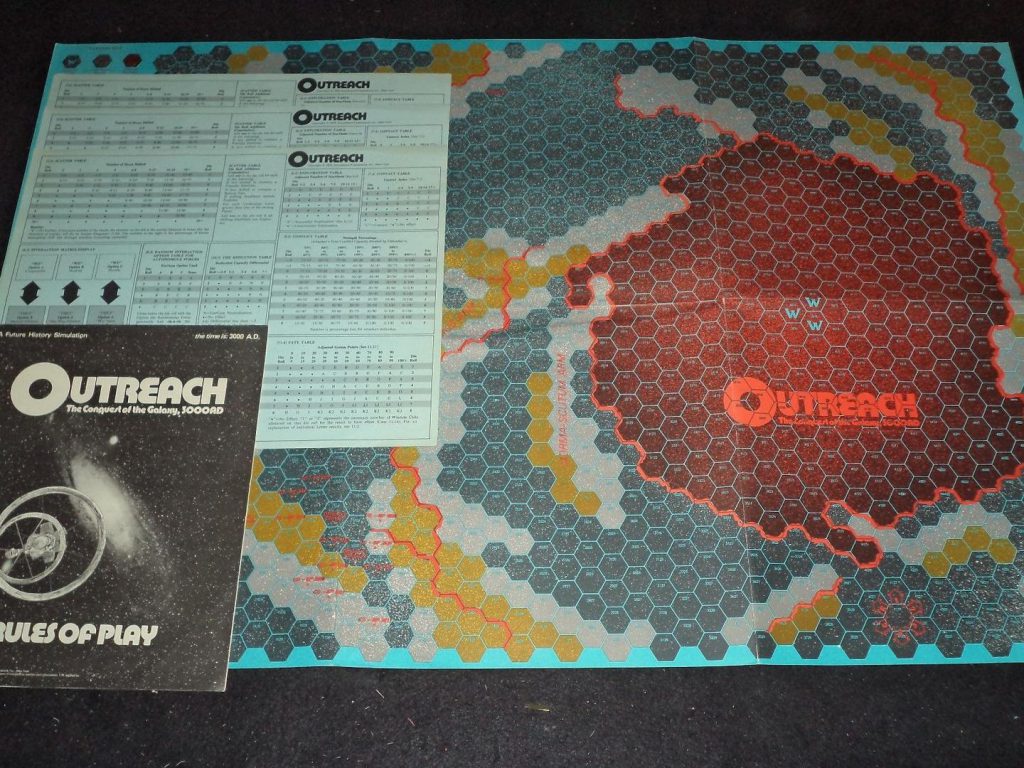
Outreach: The Conquest of the Galaxy, 3000AD
Designed by Irad B. Hardy and published by SPI in 1976, Outreach is a sci-fi board game which focuses on galactic conquest and empire building. Players take the role of factions vying for control of the galaxy and collect resources, build structures, and expand their empires in the pursuit of that goal. The game comes with a 23” x 35” map depicting a portion of its galaxy, where each hex represents an area of space 1200 light years across. When the game starts, only a small portion of the galaxy has been explored, but as players build their fleets and push outward, that changes. One of Outreach’s most evocative aspects is that it measures time in centuries, and turns represent massive spans of time during which the travel and advancement required are possible. The game is a bit of a logistics nightmare and takes forever to play, but has tons of depth.

Battle for Andromeda: Conflict for a Trillion Suns!
Battle for Andromeda sees players taking on the role of galactic overlords vying for control of the galaxy. It’s a strategic game where players use chits to represent their starships and move around the map attacking each to claim territory. It’s very similar to but not nearly as ambitious or as colorful as Outreach and ultimately that presentation hurts it by comparison.

Colossal Cave Adventure
Created in 1976 by Will Crowther, Colossal Cave Adventure is one of, if not the first, text-based adventure game. In the game players take on the role of an adventurer exploring Colossal Cave, a place where some have found fortunes in treasure and gold but others are never seen again. The player uses text commands like TAKE, LOOK, and cardinal directions (N, E, S, W) to move through the world described by the program narrator. Along the way you’ll navigate a maze of twisty passages – all alike – and contend with traps, monsters, and magic. Colossal Cave Adventure would inspire a host of games in the following years, birthing an entire genre – one which modern graphics have largely killed.
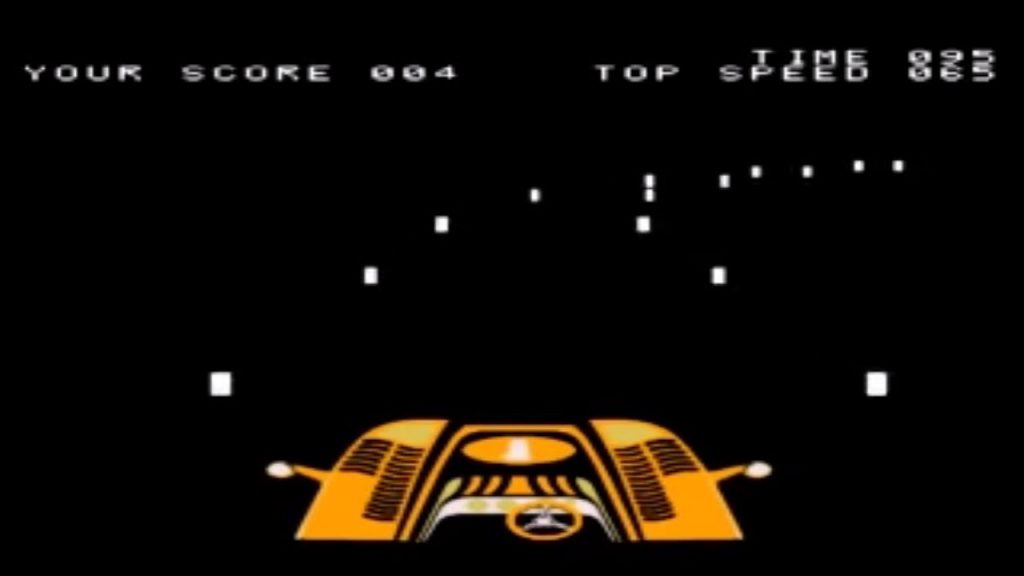
Night Driver
Although putting a static overlay on the screen had fallen out of favor by 1976, Night Driver wears the effect much better than its predecessors, using an overlay of the nose of your car as the screen displays the road ahead and moves as you turn the wheel. This gives the game a compelling “pseudo-3d” feel and more realism than other games of the era.

Breakout
Released in May 1976 and designed by Steve Wozniak, who wasn’t busy enough building Apple computers by hand in his friend’s garage, Breakout was Atari’s smash success for the year in arcades. In the game players move a paddle back and forth, bouncing a ball at rows of colored bricks; the ball destroys the bricks and bounces back towards the bottom of the screen, where the player must return it towards the bricks before it passes below their paddle.The game is a timeless classic and would spawn a sequel on Atari’s VCS two years later in addition to kicking off a host of imitators.
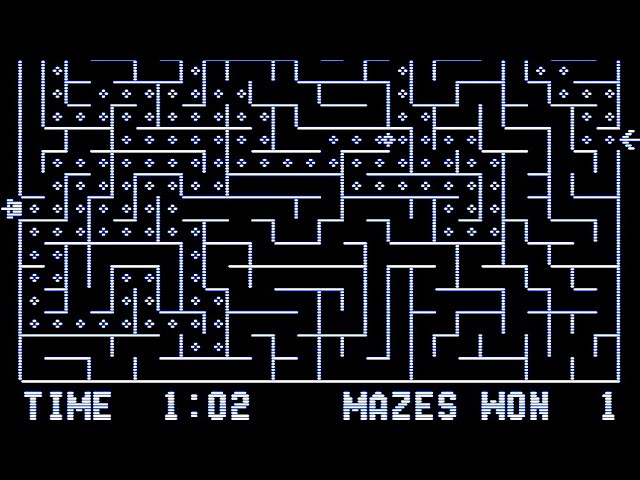
The Amazing Maze Game
Released by Midway in 1976, The Amazing Maze Game is one of the first first maze video games produced while also being among the earliest games to run on an Intel 8080 microprocessor. In the game players navigate a randomly-generated top-down maze to the other side of the maze, and each player is trying to reach the other side before their opponent. The game also would allow players to take on an AI opponent.
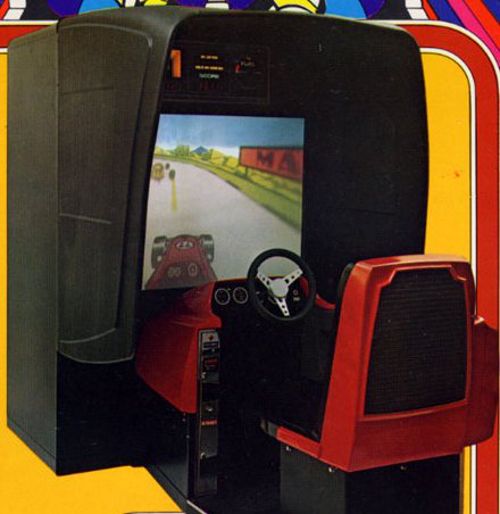
Namco F-1
Namco’s obsession with creating an arcade version of F-1 racing would kick off with the release of F-1 in 1976. Not a true video game, F-1 was an electro-mechanical game, using a static overlay image of the car in front of a projected image of a track. The game tracks mechanical cars on a track internally, throwing up crash effects whenever the player “collides” with another car or object. It’s a fun novelty and graphically it looks nicer than the video games of its day but it’s not much of a game; more an interesting footnote to gaming history. But it’s interesting to watch and fun to play at least once.
Why It Was the Best Year in Gaming
It’s really hard to make a case for 1976. While Breakout is an all-time classic, there just wasn’t much going on during the year when it came to games. Atari was hard at work on staying solvent and building the VCS, while other companies were still gaining steam. There were some interesting board games in the mix, but nothing I’d consider all-time classics. The majority of new releases that year were wargames, with a mix of historicals, sci-fi games inspired by 2001: A Space Odyssey, and some fantasy fare, including a rather middling Middle Earth wargame/board game. Whether this was the weakest year in gaming will depend greatly on how strongly you feel about Breakout and its vicinity to gaming’s Mt. Rushmore.
This article is part of a larger series on the best year in gaming. For more years, click this link. Have any questions or feedback? Drop us a note in the comments below or email us at contact@goonhammer.com.
